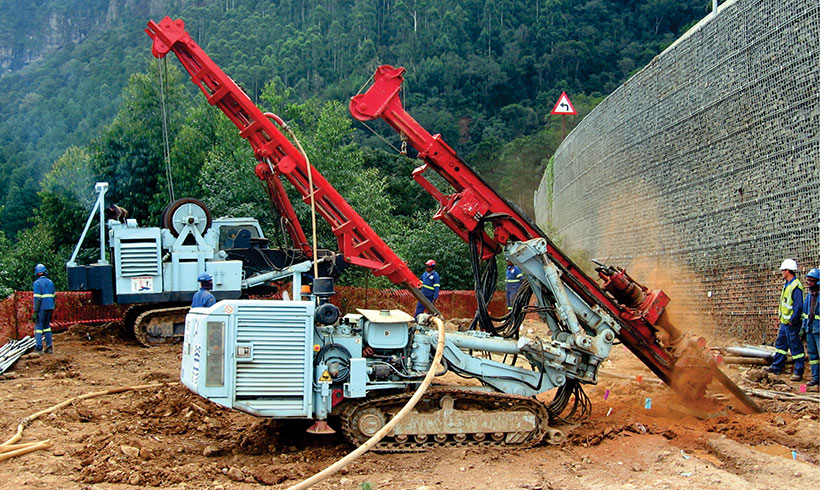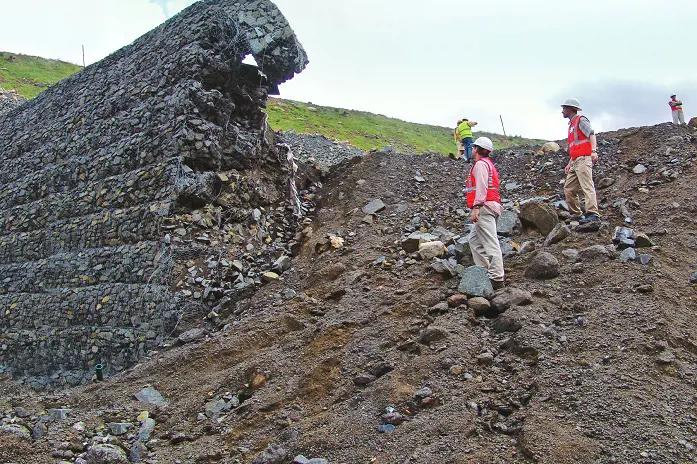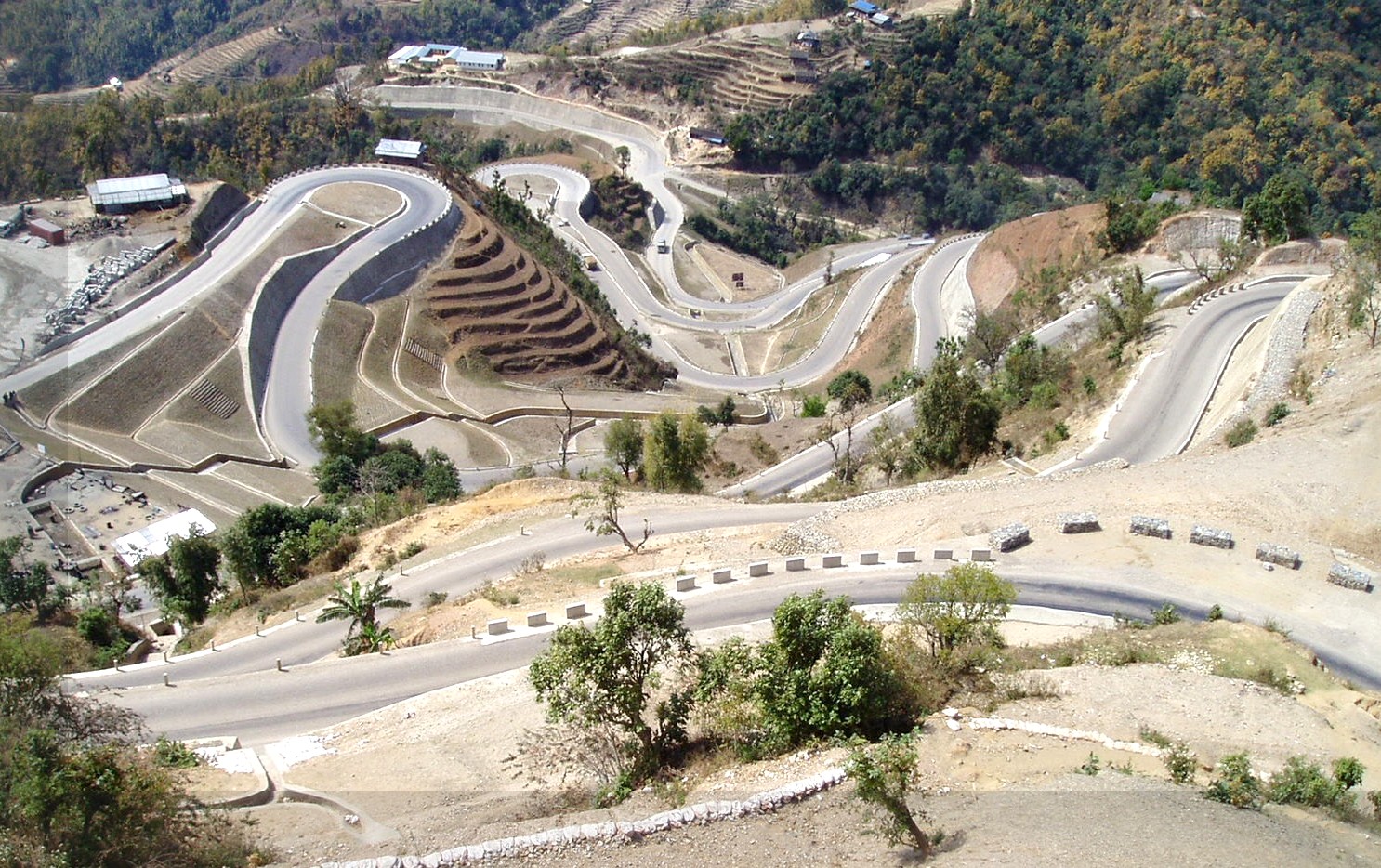Exploring the Function of a Geotechnical Engineer Description and Obligations
Wiki Article
A Detailed Review of Geotechnical Design Techniques and Their Influence On Modern Civil Engineering Projects
Geotechnical engineering offers as the foundation of modern civil design, offering crucial techniques that address the intricacies of subsurface conditions. The interaction of dirt evaluation, foundation layout, and innovative innovations shapes the honesty and sustainability of facilities tasks.Relevance of Geotechnical Engineering
Geotechnical design offers as an essential foundation for civil engineering jobs, influencing the safety and stability of frameworks. This discipline concentrates on the habits of dirt and rock products, supplying vital understandings that lead the layout and building processes. By comprehending the communication in between the earth and crafted frameworks, geotechnical engineers can examine threats connected with ground problems, such as negotiation, slope security, and liquefaction.The significance of geotechnical design extends past mere structural integrity; it plays a crucial function in environmental management and sustainability. Properly implemented geotechnical analyses make sure that jobs decrease their eco-friendly footprint and adhere to governing needs (geotechnical engineer description). Moreover, geotechnical design contributes in website choice, enabling designers to determine ideal areas for building that alleviate potential threats.
Additionally, geotechnical engineering fosters development in civil design by progressing strategies for ground enhancement, structure design, and excavation. The self-control's payments are essential in dealing with difficulties presented by varying soil problems, thus promoting effective and secure framework advancement. Overall, the relevance of geotechnical engineering is critical in guaranteeing that civil design projects are not only possible yet also durable against natural and man-made difficulties.
Secret Methods in Geotechnical Design

An additional crucial technique is soil stabilization, which entails customizing dirt properties to enhance load-bearing capacity or reduce settlement. Approaches such as adding cement, lime, or making use of geosynthetics are frequently made use of to accomplish soil enhancement.
Ground enhancement methods, including vibrant compaction and vibro-replacement, are also crucial. These approaches intend to compress soft or loosened soils, improving their strength and decreasing liquefaction capacity in seismic locations.
Maintaining structures, such as sheet heaps and dirt nailing, are utilized to sustain excavations and prevent soil movement. Slope stabilization techniques, including water drainage systems and maintaining walls, are vital for minimizing landslide threats.

Soil Analysis and Checking Approaches
Efficient soil evaluation and testing methods are important for recognizing the physical and chemical buildings of soil, which directly influence engineering decisions. An extensive assessment of soil attributes is important for forecasting behavior under various loading problems and environmental impacts.Typical dirt testing methods consist of both field and research laboratory techniques. Field examinations, such as the Requirement Infiltration Examination (SPT) and Cone Penetration Examination (CPT), offer instant understandings into dirt stratification, density, and strength. These examinations aid designers examine site conditions effectively before more substantial research laboratory analyses.
Laboratory testing approaches, such as Atterberg limitations, grain size circulation, and compaction tests, are critical for identifying soil plasticity, dampness material, and ideal compaction levels. Additionally, progressed strategies like triaxial examinations all about geotechnical engineering and combined undrained (CU) tests offer beneficial information on shear stamina and reliable stress and anxiety criteria - geotechnical companies in south africa.
Chemical testing, including pH, electrical conductivity, and organic content evaluation, is additionally vital for understanding potential dirt contamination and its effect on building materials. Jointly, these dirt analysis and screening approaches create the foundation of educated decision-making in geotechnical engineering, making sure the safety and security and security of contemporary civil design projects.
Foundation Style Approaches
Foundation style methods are essential in making sure the stability and long life of structures. These strategies can be categorized into shallow and deep structures, each suited to particular soil problems and loading circumstances. Shallow foundations, such as spread grounds and floor covering structures, are commonly made use of when surface soils have sufficient bearing capacity. They distribute the load over a larger area, lessening settlement risks.On the other hand, deep foundations, consisting of stacks and pierced shafts, are utilized when surface soils are insufficient or weak for sustaining the framework. These foundations transfer tons to much deeper, extra secure soil or rock layers, making them crucial for skyscrapers and bridges in difficult geotechnical problems.
Picking the suitable foundation style entails complete geotechnical investigations, including dirt structure, birthing capacity, and groundwater conditions. Designers must think about variables such as settlement, side loads, and potential seismic activity to guarantee the structure's performance over time.
Inevitably, a well-executed structure style is a critical facet of civil design, directly influencing the security, resilience, and performance of frameworks. geotechnical companies in south africa. By lining up structure kinds with site-specific problems, engineers can properly reduce threats related to structure failing
Developments Shaping Civil Design

Sustainable materials, such as high-performance concrete and recycled aggregates, are also getting grip, promoting environment-friendly methods while maintaining structural stability. Additionally, advanced geotechnical methods, such as ground enhancement and deep blending techniques, are enhancing the stability of structures in challenging dirt problems.
Additionally, the use of drones and remote picking up innovation is boosting site checking and surveying, giving real-time data that help in taking care of construction progress and safety and security. The execution of cutting-edge building and construction techniques, such as modular and premade building, even more accelerates task timelines and minimizes waste. Jointly, these innovations are not just transforming civil engineering methods however additionally guaranteeing that modern-day framework meets the demands of a growing international population while dealing with ecological concerns.
Verdict
To conclude, geotechnical engineering techniques are integral to the success of contemporary civil design jobs. The application of site examination, soil stabilization, and ground improvement approaches ensures the security and stability of facilities. Technologies such as Building Details Modeling (BIM) and progressed tracking modern technologies further enhance project effectiveness and precision. By utilizing these techniques, engineers can alleviate risks and add to the advancement of resilient urban settings, ultimately cultivating sustainable development and security in civil design techniques.Geotechnical design offers as the backbone of contemporary civil engineering, offering vital techniques that deal with the complexities of subsurface conditions.Geotechnical design offers as an important structure for civil design tasks, influencing the safety and security of structures.In addition, geotechnical design fosters technology in civil design by progressing methods for ground renovation, structure design, and excavation. Generally, the relevance of geotechnical design is vital in making certain that civil engineering projects are not just practical however also resilient versus man-made and natural misfortunes.
In final thought, geotechnical design strategies are indispensable to the success of contemporary civil engineering tasks.
Report this wiki page